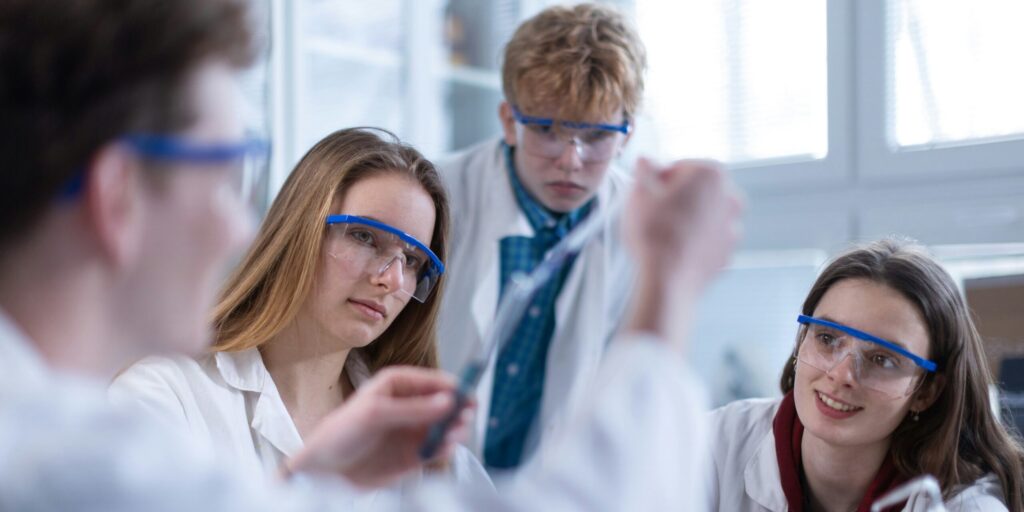Recent results from the National Assessment of Educational Progress (NAEP) have revealed a notable improvement in the science performance of U.S. high school students. The assessment, often referred to as the “Nation’s Report Card,” showed significant gains in both the understanding and application of scientific concepts among 12th-grade students. These results are seen as a positive indicator of progress in the nation’s education system, especially in the areas of science, technology, engineering, and mathematics (STEM).
The NAEP science assessment evaluates students’ knowledge and ability to apply scientific concepts in various fields, including biology, chemistry, physics, and earth sciences. This year’s report indicates that high school seniors have made measurable strides in these areas, suggesting that educational reforms and changes in teaching methods are beginning to bear fruit.
Experts attribute these gains to several factors, most notably the enhanced science curricula that have been rolled out in schools across the country in recent years. Many schools have placed a greater emphasis on STEM education, recognizing the importance of preparing students for the demands of a rapidly evolving global workforce. This emphasis on STEM has led to more comprehensive and engaging science courses that not only focus on content but also encourage students to apply their knowledge to real-world problems.
In addition, the increase in funding for science education and the growing importance of science and technology in contemporary society have contributed to the improvement. Many states and school districts have invested in modernizing science labs, providing teachers with additional professional development, and offering students more opportunities for hands-on learning experiences. The results from the NAEP suggest that these efforts are having a positive impact on students’ ability to grasp complex scientific ideas and concepts.
While the improvements are encouraging, experts also caution that there is still work to be done. Despite the gains, a significant gap remains between students from different socioeconomic backgrounds. Students in higher-income areas tend to perform better than their peers in lower-income regions, highlighting the need for continued focus on educational equity. Addressing these disparities will be key to ensuring that all students, regardless of their background, have access to high-quality science education.
Overall, the improved performance of U.S. high school students in the NAEP science assessment is a testament to the success of recent educational initiatives aimed at strengthening STEM education. As these efforts continue to expand and evolve, there is hope that U.S. students will maintain their progress and remain competitive in the global knowledge economy. The findings from this year’s assessment provide a promising outlook for the future of science education in the U.S. and the students who will shape the innovations of tomorrow.


